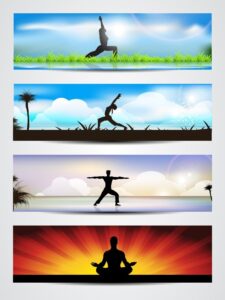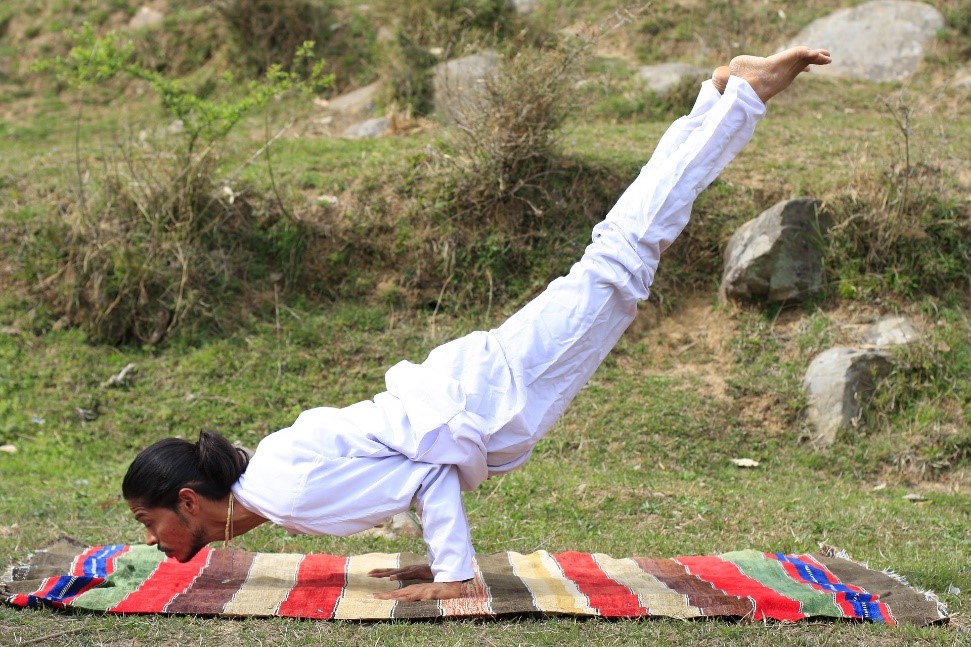Dos
- Comfortable and safe practice place
- Atmosphere free of pollution
- Well-ventilated space for clean and fresh air
- Keep it mess free and dust free
- 6 * 3 feet space needed for each practitioner
- Large space for group practice at ease
- Mats should either be made of cotton or bad conductor of heat
- Four walls around the practice area, preferably light coloured walls for cool and calming effect
Don'ts
- Mats should not be placed in a congested manner
- No cell phones. They should either be on ringing/vibration mode
- No dustbin near yoga mat
- No negativity
- No chatter
- No clutter





